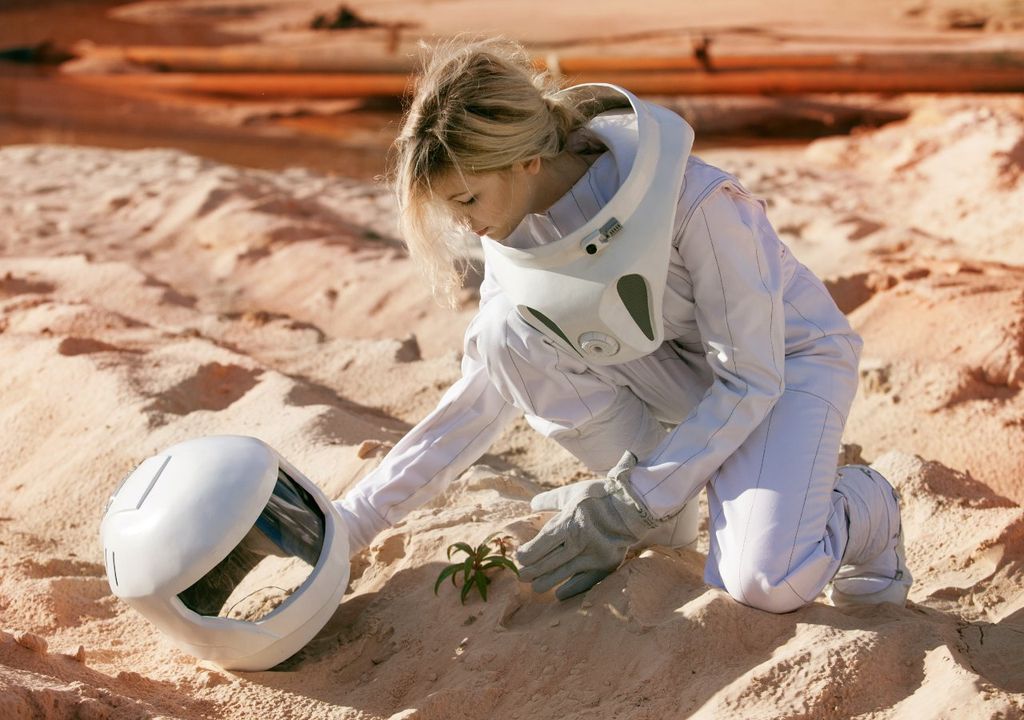If someone dies in space, what happens to the body? Here’s what NASA protocol says


It’s nothing new about astronauts risking their lives on every mission. Since human space exploration began just over 60 years ago, 20 people have died: 14 in the NASA Challenger space shuttle tragedies in 1986 and 2003, 3 astronauts during the Soyuz 11 mission in 1971, and 3 astronaut as a result of a fire on the Apollo 1 launch pad. in 1967. Nevertheless, It is surprising that to this day not a single death has been recorded in space.
With the rise of longer and longer missions and the possibility of tourism trips beyond our planet, it is only a matter of time before someone finds their final destination. And although it may seem like a lie, All along, the protocols focused on prevention and said little about what to do if it happened.
In 2003, the European Space Agency (ESA) published Space Debris Management Guidelines, which included recommendations for the disposal of human remains in space. And in 2021, NASA published “Death in Space: Protocol Considerations—Gateway, Orion, Moon, Mars and Beyond,” which discusses the challenges and options for managing death in space in the context of future space missions.
Despite this, There is no one universal protocol for death in space. and each varies depending on the mission and type of death. These are some of the possibilities.
Dying is a problem: what to do with the body?
Decisions will largely depend on the mission. If the deceased is on a short or low-altitude journey, such as to the International Space Station (ISS) or en route to the Moon, returning the body to Earth is possible. In both cases, the crew was able to return the body to the capsule within a few days.
NASA is trying to develop a body bag that can hold a body on a spacecraft for 48 to 72 hours. This is enough time to return to Earth from the International Space Station.
But the situation gets more complicated on longer missions. For example, if this happens on the way to Mars, the crew must live with the corpse for at least a couple of years. Therefore, we will have to look for other alternatives.
Drifting into space
This seems like a pretty logical solution, but it’s not an option. Open the ship’s airlock and send the body into the void.like Spock’s funeral in Star Trek violates a serious international rule. The UN agreement states that there is no littering in space, including the burial of corpses.

It’s because bodies floating in vacuum can collide with other spacecraft or even fly to other planets and colonize them with human remains, as well as any bacteria and organisms that may live on and in the body.
Save this until you get home
Suppose it is decided to keep the body in order to return it to relatives. To slow down decomposition, it should be stored in a separate, very cold chamber with constant humidity. This is usually the same place where waste and leftover food are put. But after a while, odors may begin and this poses a danger to the health of the crew.
And although placing a brave astronaut next to garbage sounds like the most logical solution, not the best idea from the point of view of PR and popularity of the space company.
Body bags
One of the protocol’s most interesting proposals to address the problem of death in space is the collaboration between environmental burial company Promessa and NASA, which gave birth to the idea of ”Body Back.” Body Back involves a sealed sleeping bag in which a human corpse is sealed and then exposed to sub-zero temperatures. from space.
The vacuum causes all body fluids to instantly evaporate, thereby significantly reducing its mass.
The frozen body is brought on board and It is vibrated violently until it breaks. Finally, there are about 25 kilograms of crushed human body powder that can be suspended outside the spacecraft until it reaches its destination.

The latter may be the most appropriate way to preserve the body should such a situation arise. But there are still many unknowns about how researchers deal with death.
Today not only The question of what to do with the body is discussed, but how and who will inform the rest of the crew about it. To the agency and family awaiting the return of a loved one.